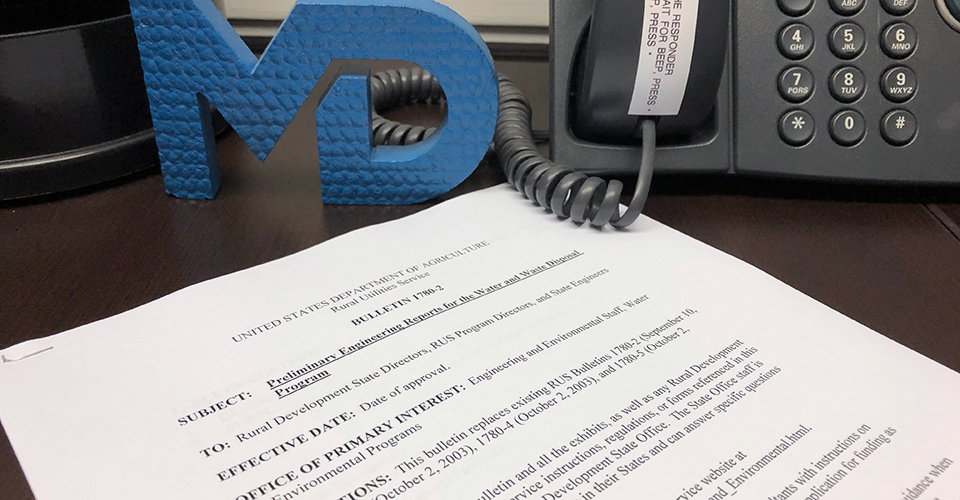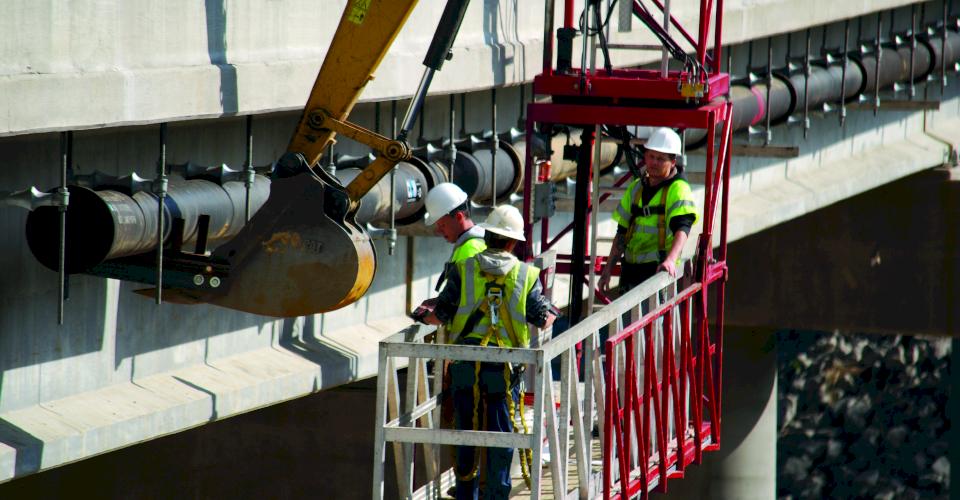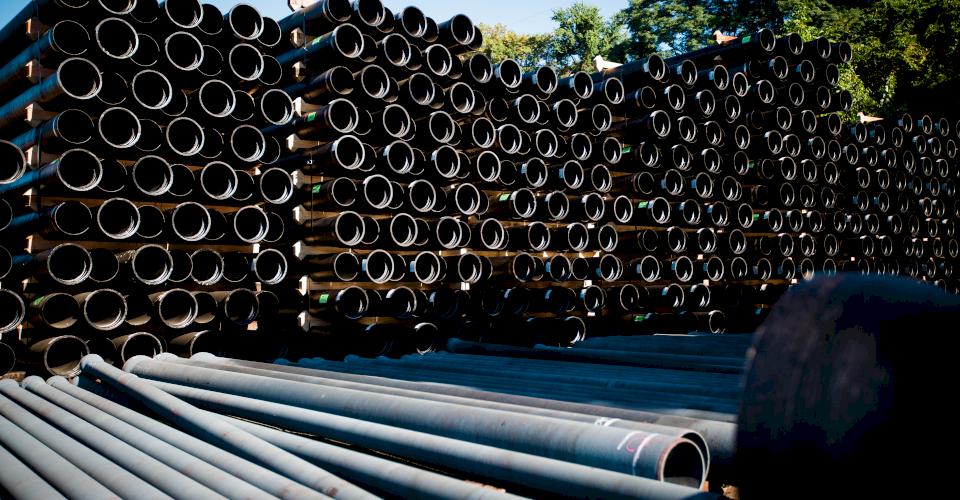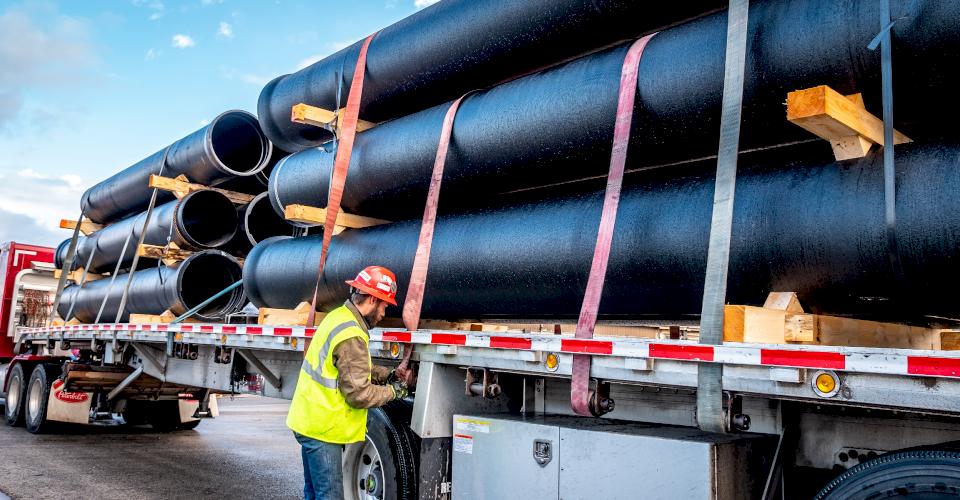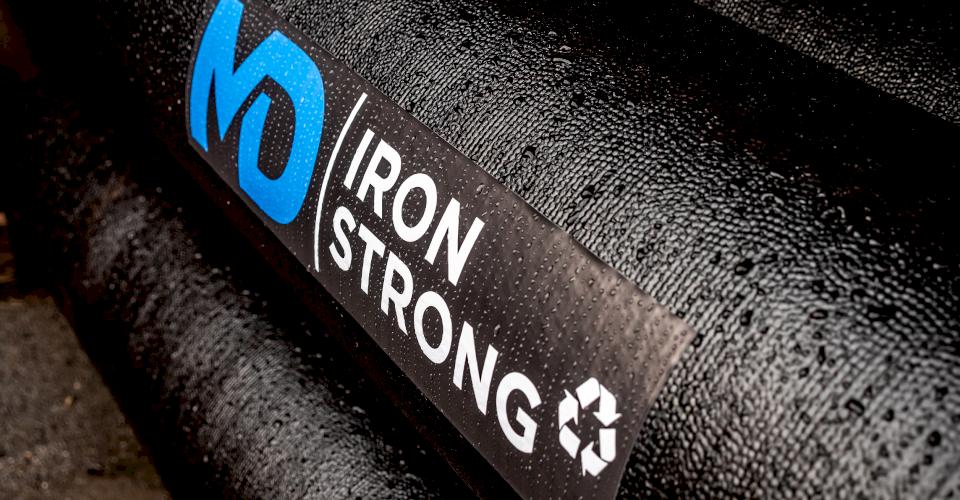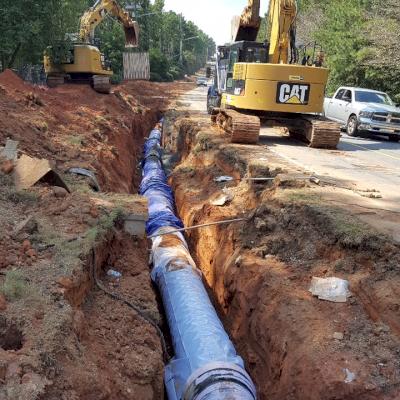Today there are several funding methods and sources for water and wastewater projects, not only in the United States but throughout the world. Most, if not all, require some sort of report or project summary. You may have seen these with such names as:
- Conceptual Design or Engineering Report
- Facilities Needs Assessment
- Preliminary Design Report
- Preliminary Engineering Report
Different agencies and different countries have different names for these respective documents, but most are like each other in scope and requirements.
The purpose of these reports is to show the need for the project and the fundamental engineering decisions used in prioritizing the project and selecting the design ultimately proposed versus other alternatives.
It makes sense to justify the large expense many of these projects entail, particularly when it comes to spending taxpayer and ratepayer money.
While there are many names for this type of report, there are also many formats requiring additional effort and cost to produce.
Standardization of this information was certainly warranted and in 2012, the U.S. Government agreed. With input from several state agencies, an outline or template for a Preliminary Engineering Report (PER) was developed to be used in water and wastewater project funding requests. This report could then be submitted to the following agencies:
- US Department of Agriculture
- Rural Development Authority
- Rural Utilities Service
- Water and Environmental Programs
- Environmental Protection Agency (EPA)
- Office of Water, Ground Water, Drinking Water and Wastewater Management
- Department of Housing and Urban Development (HUD)
- Office of Community Planning and Development
- Department of Health and Human Services
- Indian Health Service (IHS)
- Small Communities Water Infrastructure Exchange
While the document has been extensively used, there has been some misunderstanding or confusion on how the PER can be utilized by the design engineer to advocate for specific materials for a pipeline project based upon sound engineering data.
Some utilities and design consultants have expressed frustration that agencies have utilized the document to usurp the engineering consultant or utility’s design criteria and force a lessor alternative onto a project than the designer deems appropriate.
A common complaint in the pipe world is that these agencies favor the use of cheap alternates at the expense of the long-term operation cost or Life Cycle Cost.
Many times, projects specifying ductile iron pipe without other material alternatives are sent back to the design engineer due to the funding agency continuously requesting more data. Often times, the design engineer relinquishes and accepts the cheaper material to get the project funding for their client.
The PER Outline provided by the U.S Government in its 1780-2 Bulletin requires a Life Cycle Cost Analysis as part of the PER. In most cases, the agencies are attempting to provide the most economical project, both long and short term, for the contributed government dollar.
Rejection of a proposed alternative is made due to insufficient justification of the proposed alternative or rejection of available alternatives.
The burden is therefore placed on the designer to provide engineering decisions and recommendations based on sound engineering and operational data and reasoning. It is against agency policy and procedure to overrule a designer’s decision that is so based and substantiated.
In the case of pipe selection on pipeline projects, ductile iron pipe easily provides substantial reasoning and advantage over other materials, particularly when all design, construction and operational considerations are included in the evaluation process.
Today we will examine some of those ways and provide information to assist the designer in properly examining alternatives and identifying them for inclusion in the PER document utilizing the McWane Ductile PER Template which is formatted specifically to follow the 1780-2 Bulletin provisions.
Design Criteria:
Of the elements most relevant to pipeline construction, the first to consider is Design Criteria. Here the basic design requirements should be spelled out including considerations such as:
- Demand Flow/Velocity
- Operating Pressure
- Surge Pressures
You should also consider External Load Factors such as:
- Live/Truck Loads
- Frost Loading
- Expansive Soils
- Subsidence
- Seismic and Other Natural Disaster Impact Resiliency
In these areas, ductile iron pipe excels, especially as compared to other alternatives. The PER submitted by design engineers for funding allows alternatives to be examined and, if these alternatives are justified, sound technical reasoning for the inclusion must be given. The establishment of clear, concise Design Criteria will generally make the examination of alternatives much simpler and clearer and can easily be shown in tabular form.
Design Criteria | Design Criteria | Design Criteria | Alternate Material | Alternate Material |
| Project Design Life | 100+ years | |||
| Peak Flow Demand | ||||
| Velocity at Peak Flow | ||||
| Static or Operating Pressure (OP) | 350 PSI | |||
| Surge Pressure (SP) | Fire Flow resultant potential Surge Pressure (not considered by USRDA) | 100 PSI | ||
| Total Design Pressure | = OP + SP | 450 PSI | ||
| Safety Factor (SF) | 2:1 | 2:1 | ||
| Total Design | = (OP+SP)SF | 900 PSI | ||
| External Load | Dependent on pipe class | |||
| Live Load | H20 | |||
| Frost Load Depth (ft or M) | Unaffected by temperature | |||
| Expansive Soils (Y/N) | Unaffected | |||
| Seismic Activity Possibility (Y/N) | Special Joints for Seismic resistance available | |||
| Subsidence Possible | Accommodated by Joint Restraint | |||
| Other Natural Disaster Impacts (flood, fires etc.) | Not buoyant so won’t float in a flooded environment. Won’t melt in extreme heat | |||
| Fire Flow velocity (not considered by USRDA) | ||||
| Fire Flow resultant potential Surge Pressure (not considered by USRDA) |
Water and Energy Efficiency Considerations:
Water and Energy Efficiency is another area of consideration in the PER. Ductile iron pipe has a larger than nominal hydraulic diameter and because of this, it requires less energy to propel water through it. (see the McWane ductile Pocket Engineer Calculator on Energy Savings)
This can provide cost savings in operations and maintenance that can quickly add up to millions of dollars over the design life of the pipeline. This also provides greater volume of water available at the end of the pipe and subsequently, consideration can be given to reducing pipe size in a portion of the line thus saving money.
Sustainability Considerations:
Sustainability is an additional area of consideration in the PER and would be a part of the discussion of Life Cycle Cost Analysis as well as Design Criteria and Operations and Maintenance. Additionally, Sustainability should also include the use of recycled materials and the recyclability at the end of the project life. In this regard, McWane Ductile iron pipe is a recycled product and is easily recycled.
Installation Cost Considerations:
Installation Costs are a consideration on any project and should be examined closely as many systems require different installation methods and result in different costs to install. This is true not just of pipe but of nearly any product.
Stronger materials such as ductile iron pipe require less trench preparation than weaker alternate materials. This results in lower cost for bedding, the time it takes to buy and place that bedding and disposing of non-suitable material.
Ductile iron pipe doesn’t require extra cost of placing locator tapes, tapping saddles or supports for heavier appurtenances like valves and other considerations. Some other pipe materials don’t even include the cost of pipe jointing materials like lubricant. Such costs need to be critically examined so that they do not come as surprises (and potential cost overruns) during construction.
Operation and Maintenance Costs:
Operation and Maintenance (O&M) Costs should rightfully be critically evaluated in the design of any major system and is also a major part of a Life Cycle Cost Analysis.
O&M of a pipeline generally involves considerations such as:
- Cost of connection for services and or expansion,
- Repair if damaged by other nearby construction or natural disasters
- Locating it to avoid damage during nearby construction.
Due to the harmonic advantage of locating leaks on ductile iron pipe, many utilities have cited this as an operational advantage when compared to other cheaper materials.
Further consideration should be given to the impact of changes in demand of the pipeline(s) such as the need for increased flow due to customer growth resulting in greater pumping and the resulting increase in surge pressures.
However, the greatest O&M cost for a pipeline resulting in higher velocities in a water/wastewater system is energy usage. While this was discussed above in water and energy efficiency, it is worth reiterating the importance of it being included here.
McWane Ductile refers to this as the total cost equation of pipeline selection. Check out another informative blog and video on using ductile iron pipe to help save you money on your energy bill by McWane Sales Representative, John Melloan.
Life Cycle Cost Analysis:
Life Cycle Cost Analysis (LCCA) is also a required component of the PER and is commonly referred to by the formula: LCA = Capital + O&M – Salvage. While this is an oversimplification of life cycle cost, the value of salvage in the project can be easily determined for ductile iron pipe by using the McWane Ductile Pocket Engineer Tonnage Calculator and multiplying the tonnage of pipeline replaced by the current cost of scrap iron.
The current cost of scrap iron can be either obtained by looking at multiple published sources such as American Metals Market or the Wall Street Journal or by contacting your local McWane Ductile sales representative.
There has been much independent research into the life cycle cost of ductile iron pipe including the “Buried No Longer” report published by the American Water Works Association (AWWA) and “A Framework to Evaluate the Life Cycle Costs and Environmental Impacts of Water Pipelines” study by the University of Michigan. These research reports, developed by well-respected entities, highlight the estimated service life advantage of ductile iron pipe in comparison to other cheaper alternative material.
McWane Ductile’s regional engineers have helped many utilities and consulting engineers prepare their PER’s and have developed a template to assist you in preparing future PER submittals. Please feel free to contact us at your convenience if you would like more information at McWaneDuctile.com and how it meets or exceeds your project needs.
Need Assistance With Your Water Infrastructure Project?
McWane Ductile offers multiple services for our customers extending far beyond manufacturing ductile iron pipe. From design to installation, we take great pride in providing education and training to water professionals throughout the water and waste water industry. Together, we are Building Iron Strong Utilities for Generations!
Check out all our digital offerings:
References
- Pipelines 2014: From Underground to the Forefront of Innovation and Sustainability© ASCE 2014, “Sustainability of Lower Energy Costs by Utilization of Proper Pipeline Materials”, Roy W. Mundy II, P.E., M.ASCE
- Wesler Engineering, https://info.wesslerengineering.com/blog/developing-a-preliminary-engineering-report-per
- American Water Works Association (AWWA) (2015). “Buried No Longer: Confronting America’s Water Infrastructure Challenge.”
- A Framework to Evaluate the Life Cycle Costs and Environmental Impacts of Water Pipelines, Thomas, Mantha, and Carol C. Menassa, University of Michigan
- City of Crescent City Water Improvement Project PRELIMINARY ENGINEERING REPORT, Coleman Engineering, http://crescentcity.org/docs/pw/PER/PER%20-%20Crescent%20City%20Water%20Project%207-8-17%20Final.pdf
- PRELIMINARY ENGINEERING REPORT Wastewater Treatment Plant Evaluation TOWN OF WAYNESVILLE HAYWOOD COUNTY, NORTH CAROLINA, http://www.waynesvillenc.gov/Data/Sites/1/media/18-sept-11-item-4b-mcgill-and-associates-wwtp-report-full.pdf
- Regional District of the Central Okanagan Killiney Beach Water System Preliminary Design – FINAL, AECOM, https://www.regionaldistrict.com/media/204722/KillineyBeach_Pre_Design_Treatment_Options_2015.pdf
- WML Consulting Engineers (Pty) Ltd, Square Foot Developments, PRELIMINARY DESIGN REPORT FOR THE ZIVELI BULK WATER SUPPLY PROJECT

